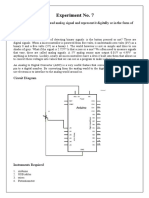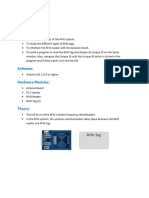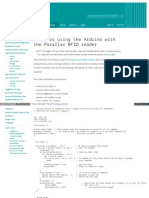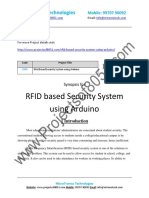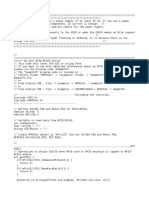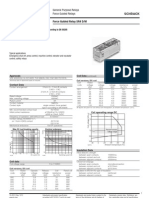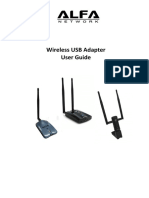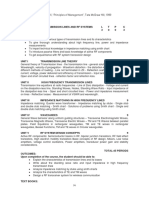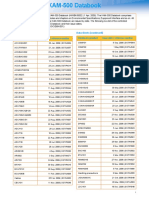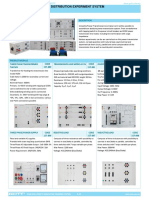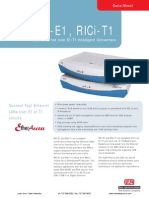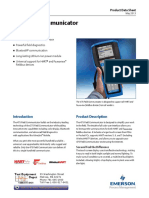0% found this document useful (0 votes)
18 views13 pagesRfid Module
The document outlines three experiments involving RFID technology interfaced with Arduino for various applications such as door security systems and gate control. It explains how RFID works, the components required, and provides detailed experimental procedures including code snippets for implementation. Each experiment demonstrates the use of RFID tags for authentication and access control in practical scenarios like parking gates and home security systems.
Uploaded by
taresh.upretiCopyright
© © All Rights Reserved
We take content rights seriously. If you suspect this is your content, claim it here.
Available Formats
Download as PDF, TXT or read online on Scribd
0% found this document useful (0 votes)
18 views13 pagesRfid Module
The document outlines three experiments involving RFID technology interfaced with Arduino for various applications such as door security systems and gate control. It explains how RFID works, the components required, and provides detailed experimental procedures including code snippets for implementation. Each experiment demonstrates the use of RFID tags for authentication and access control in practical scenarios like parking gates and home security systems.
Uploaded by
taresh.upretiCopyright
© © All Rights Reserved
We take content rights seriously. If you suspect this is your content, claim it here.
Available Formats
Download as PDF, TXT or read online on Scribd
/ 13

